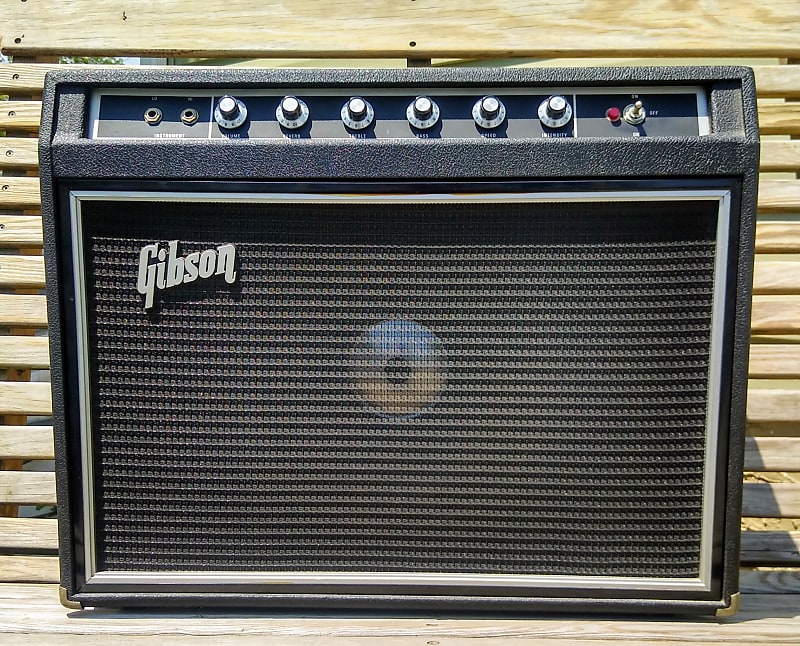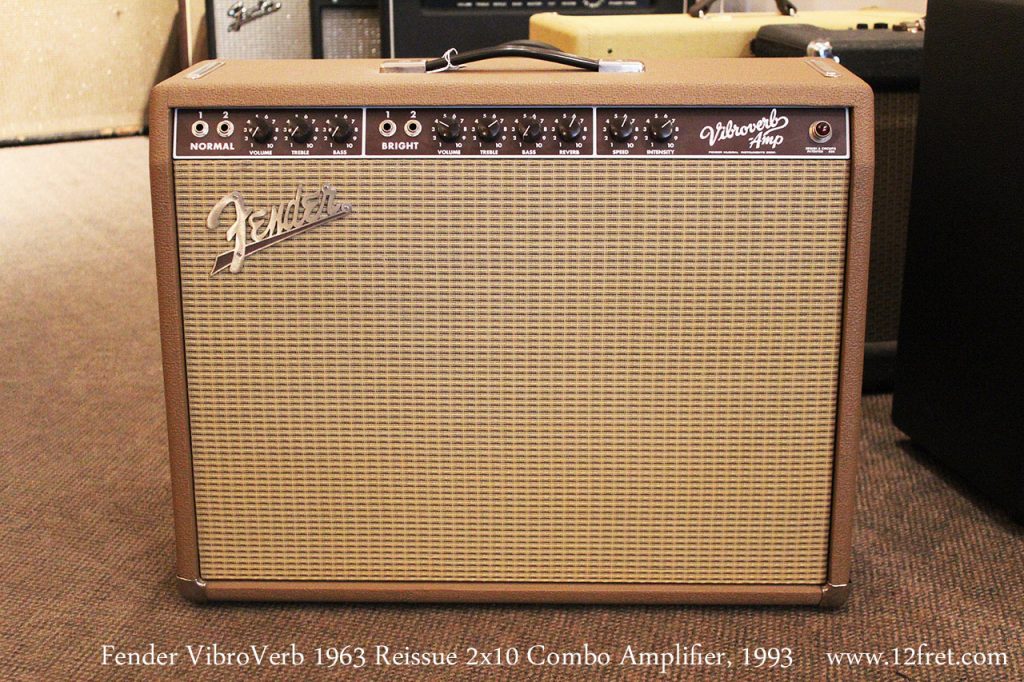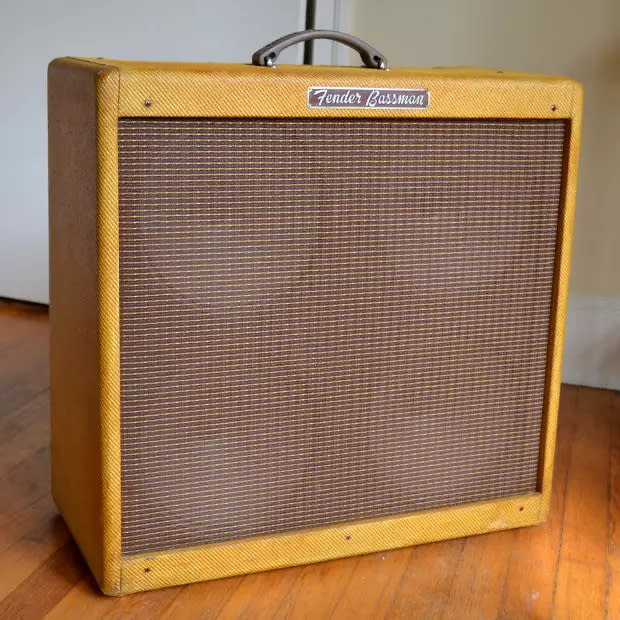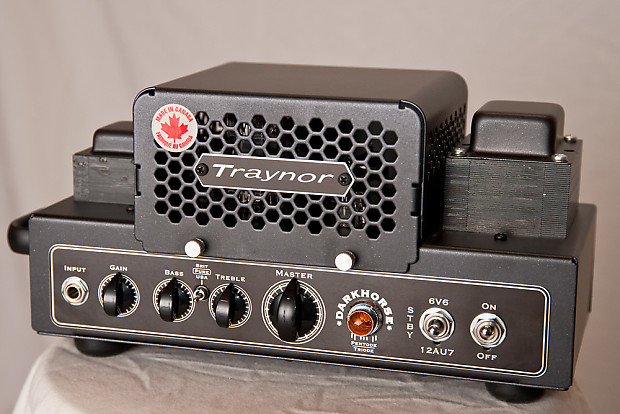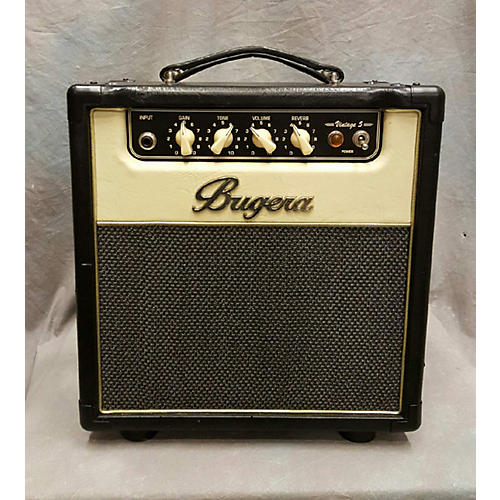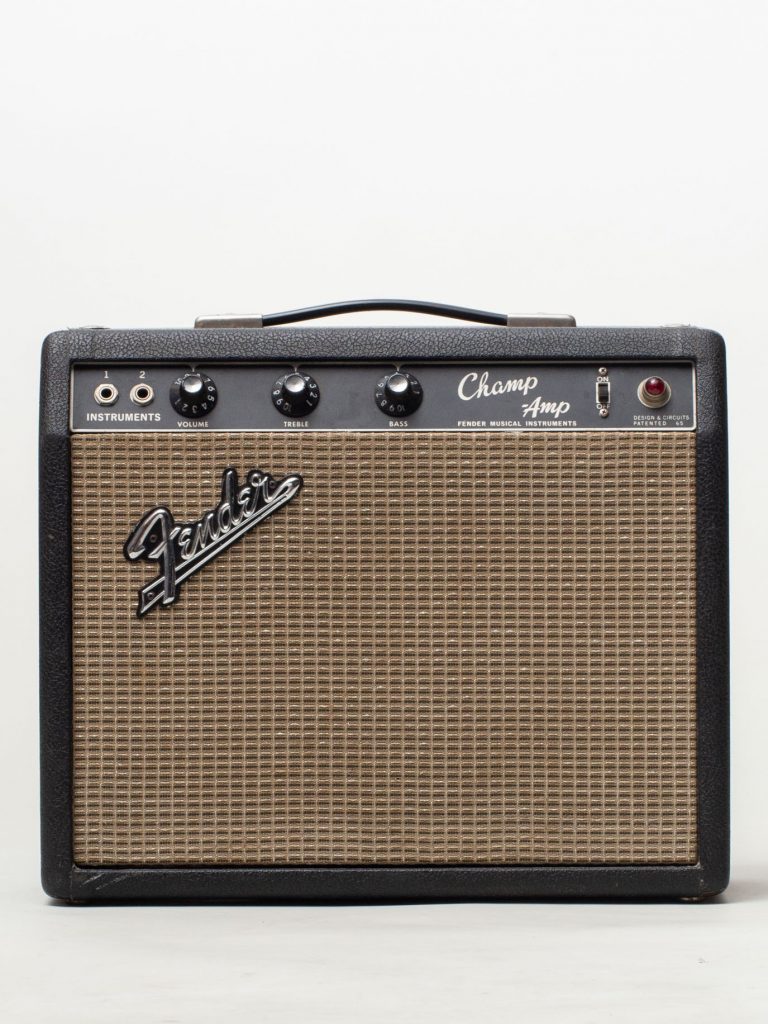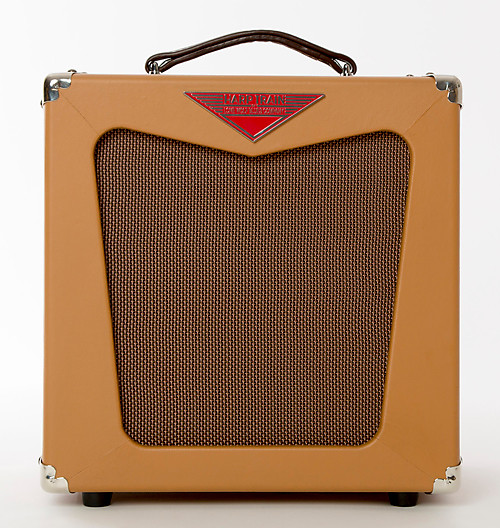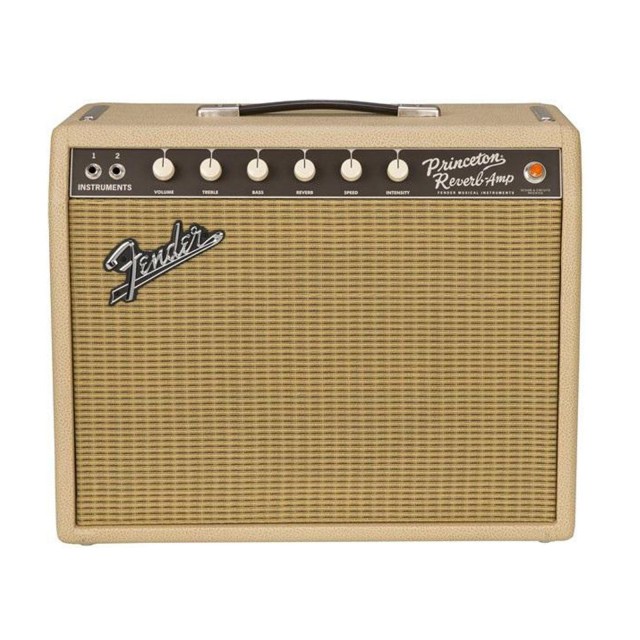I was thinking the other day about all the guitar amps I have owned over the years, even though I play harmonica through them and have never owned an electric guitar. I have bought and sold a bunch of them as I got smarter about what I needed and started gigging out enough to justify owning multiple amps. And I recently went on a buying-and-selling jag, selling some old (and pretty good) gear to fund the purchase of an amp I’ve always wanted.
My first amp was a Gibson G-50A, a transistor amp from the late ’70s. I bought it in the mid-’80s when I knew nothing about amps and needed something relatively cheap and loud (sort of like my playing at the time). It was not special, but I was a long way from having great tone or skill anyway, so it did the job. I sold it before I left Memphis in 1990 and moved to D.C.
I then spent a few years on the road for my day job, and didn’t pick up another amp until at least 1993. That was a Fender Princeton Chorus, another solid state amp. It sounded OK-ish, but I had a tendency to turn up the distortion too much to cover up my sloppy play. It also didn’t punch through the band well.
I finally gave up on that and in 1994, bought my first great gigging amp. It’s one that I regret selling to this day: a 1963 Fender Vibroverb reissue. This was a beautiful amp with tone to match, but I was still learning how to perform and didn’t entirely realize just how good it was. I traded it in after about a year for the wannabe amp of all harp players at the time: a 1959 Fender Bassman reissue.
This particular Bassman was brand new (I almost never buy new amps) and was as sterile as a surgical suite. There was nothing I could do to warm it up. It was too loud for most of the rooms I played, and it was an expensive mistake.
I replaced it with a Crate Vintage Club 50, which was just as loud, almost as sterile and made snobbier musicians turn up their noses at a brand associated with newbies. I kept it for a while, mostly because I was blowing too much money buying amps, but I never loved it.
While I still had the Crate, I went to a vintage guitar show and lucked into a cheap Gibson GA-30 Invader, probably from the early 1960s. This was my first vintage amp. The Tolex covering had been completely stripped away, the cabinet wood had been stained brown, the grill cloth appeared to have been vomited on and it was missing a speaker. Once I solved that last problem, I realized it was a tone beauty on the inside and it became my main stage amp for a few years. I still have video of me playing it at my wedding 25 years ago.
But the Gibson couldn’t get across in big rooms. I kept it for a few more years, but I also acquired Yet Again Another ’59 Bassman. This one sounded great! It was well broken-in, especially the blue Alnico speakers, and with a little bit of work, it had nice tone even at lower volumes. I played it for more than a decade.
Meanwhile, the Gibson started giving me issues and I traded it in on another vintage amp: A Danelectro DS-50. I loved it when it worked, but it often didn’t, and it occasionally would deliver me a nice electrical shock on stage for my troubles. I got tired of the hassle and sold it.
I then got a great deal on a silver face Fender Super Reverb, which was like the Bassman but even bigger and heavier, and I kept them both for a while. They covered the same territory, though, so I sold the Super.
Next was a Fender Blues Junior, a workhorse amp I played for a couple of years in smaller rooms. It did the job but I never found it terribly inspiring. As a result, I purchased a Ceriatone ’59 Fender Deluxe chassis, a Ted Weber cabinet covered with white Tolex, used a 12-inch Fender speaker I already had and put the whole thing together. I named it Teresita after my wife’s middle name, had a label engraved for it at a store and still have it to this day. It could use some time on the bench and probably some new filter caps, but it basically works fine.
As I got older and house PA systems became more common, I decided to sell the Bassman. Sound mixer guys preferred smaller amps that didn’t pound them in the skull, and using a mic made it possible to use pretty much any amp anywhere, so Teresita became my main player. I also picked up a Traynor DarkHorse head and a cabinet with a 12-inch speaker, and it took its place alongside Teresita on and off.
But I also started getting into small practice amps. First came an Electar Tube 10, which I junked after blew a power transformer and would have cost more to repair than it was worth. That was followed by a Bugera Vintage 5, which was extremely flexible and also annoyed the snobbish because of its bargain price. I thought it sounded and looked great.
But then I was surfing Craigslist one day, perhaps seven or eight years ago, and came across a guy selling a blackface 1966 Fender Champ. I’d never owned a real blackface Fender, and he was selling it at a below-market price — under the condition that it went to someone who was actually playing out. I fit that bill and, although he had a lot of inquiries, he sold it to me. It needed a few minor repairs (which he disclosed up front) but it took maybe an hour for me to perform those. I remain grateful to this day to own this piece of music history and have actually gigged with it many times. It’s also become wildly popular among old guitar guys and has nearly tripled in value. Remember what I said about sound guys? I’ve played this amp at big outdoor gigs in front of hundreds of people with just a mic pointed at it, and it’s made more than a few of those guys very happy.
But I also got bored, and when Lone Wolf Blues Co. issued an inexpensive purpose-built 10-watt harp amp called the Harp Train, I purchased a used one for less than $300. I used it more and more over time, right up to when I sold it a couple of months ago.
At the same time, I also sold the Traynor and a couple of harp mics (a whole other rabbit hole). With the proceeds, I bought what I suspect will be my last amps: A reissue 1965 Fender Princeton Reverb and a funky Quilter 101 Mini head. The Princeton was another Craigslist find, and it’s a special edition with tan Tolex, white knobs and a Celestion Gold G10 speaker, but I got a reasonable deal for a hugely popular amp. The Quilter is a solid-state head that does an astonishing job of sounding and reacting like a tube head, even though it’s not an emulator.
Both sound wonderful, but I hope I’m done with the swapping. Probably not, though, given my history.
